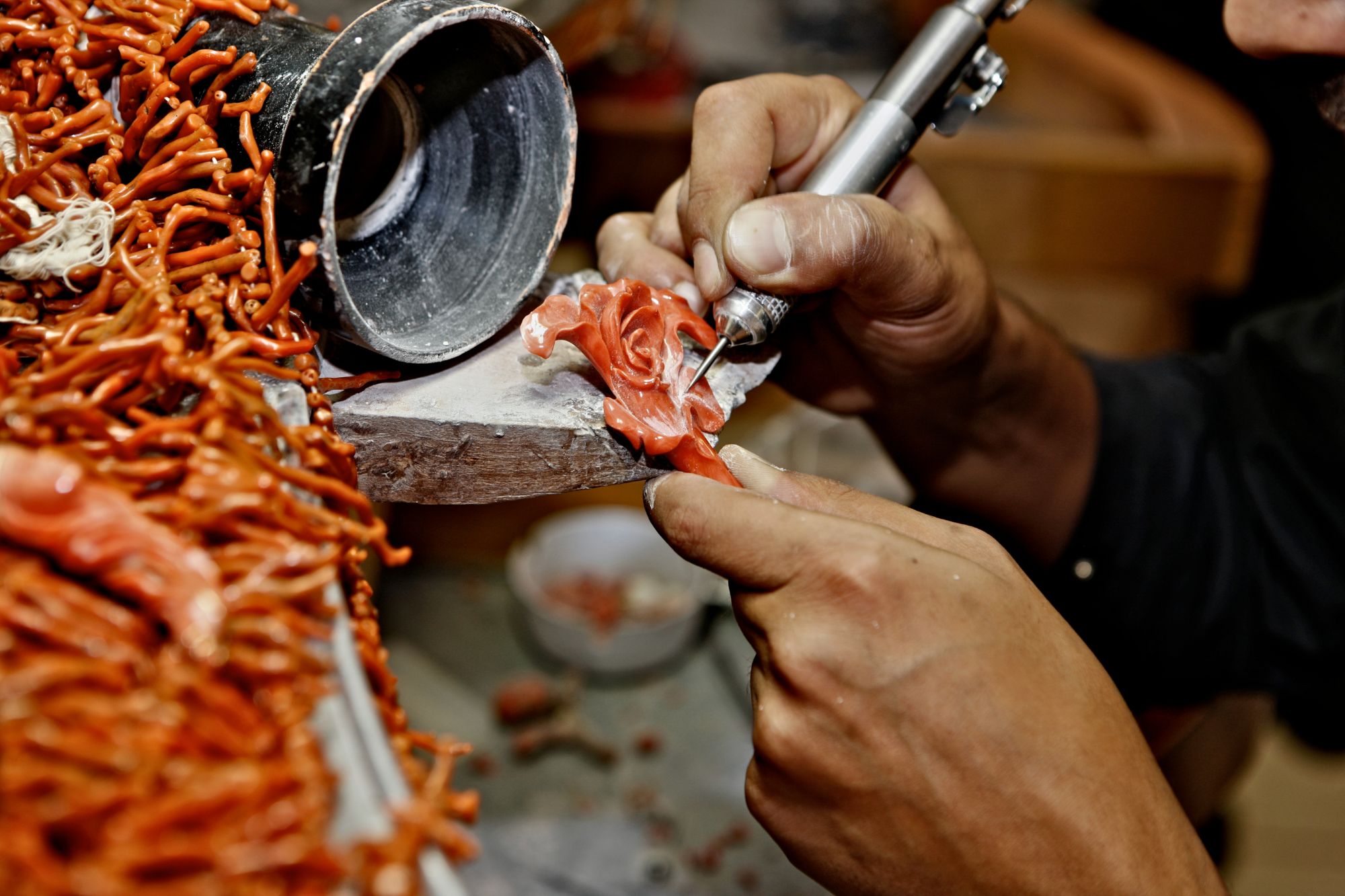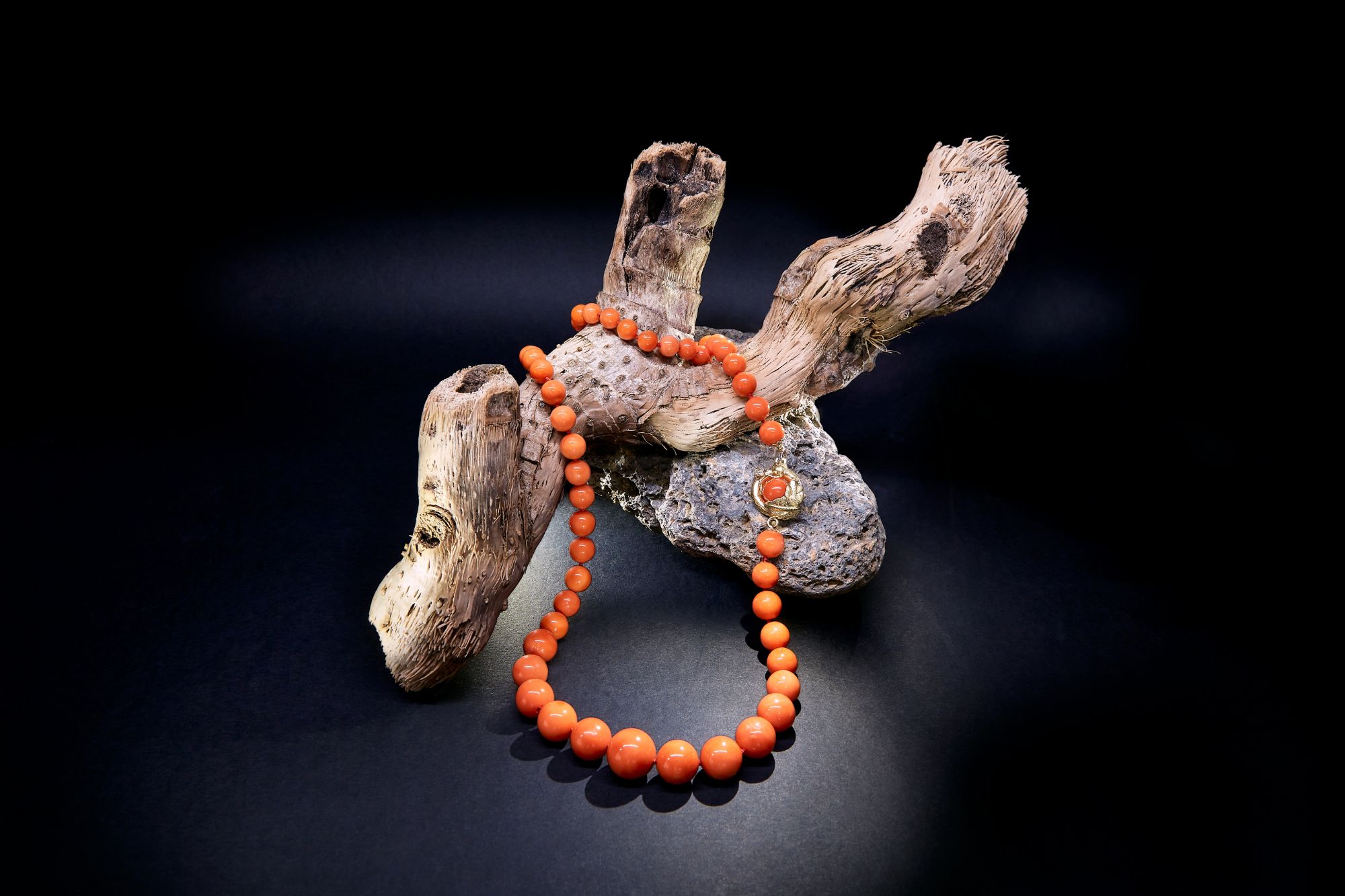Thanks to mother nature, we are sure that you will be pampered and enchanted by everything around you. We are at your disposal to tell you about us, our history and our arts. Fall in love with Sciacca, enjoy it with its aromas and flavors.
-2022-07-12-16-05-25-71.jpg)
-2022-07-12-16-03-12-81.jpg)
Natural beauties that leave you breathless such as thermal springs, castles, charming villages, ancient monuments scratched by the passage of Arab culture, Norman architecture and Spanish influences. Our beautiful seaside town, rich in history of art and culture located in the shape of an amphitheater on the sea, halfway between the ruins of Selinunte, Eraclea and Agrigento is famous all over the world for its natural resources, the ancient baths, for the architectural and landscape beauties, for its pink coral, for the enthralling Carnival, for the precious ceramics and for the pristine sea. But what most characterizes our city is the warmth of its people who embody the welcome and affection that are the typical values of the people of Sicily.
.png)
.jpg)
Entering the sailors district of Sciacca means entering another world. The district of the sailors for the happy position mirroring the sea, for the healthy exposure at noon, for the singular view of the medieval port that it can be enjoyed, represents one of the evocative and unmistakable aspects of the city which boasts a large fleet of fishing boats. national level, but it is above all known for the blue fish and the characteristic port, set in an Arab-Norman setting, linked in particular to the history of the caves of the charger. The path to reach the heart of the city will allow you to venture along the typical and characteristic alleys of sailors and potters, a village that manages to maintain its special enchanted atmosphere.
-2022-07-12-16-02-07-28.jpg)
-2022-07-12-16-00-39-09.jpg)
Strolling through the narrow streets of Sciacca, hearing the smells of the kitchen coming out of the doors, being caressed by the air coming from the sea and walking among the ancient buildings makes the feeling of being in the real Sicily, the most authentic and deepest one, even more aware. , the land where food, sea, traditions and history come together. We love to define this complex, mixed and unique sensation with one word: “Sicilianity”.
-2022-07-12-15-59-01-93.jpg)
-2022-07-12-15-58-44-85.jpg)
The origins of the Saccense carnival most likely date back to 1616, when the viceroy Orsuna "banned the last of the carnival, that everyone had to dress up in masks".
Evolution has led us to the show that we admire today in the "modern" Carnival with the choreographic masked groups that, in the historic center, parade accompanying impressive and wonderful allegorical floats, true masterpieces of modeling, colors and animations. One of the most characterizing elements is that linked to the satirical scripts, recited during the event. In the months leading up to the festival, the construction of huge allegorical floats begins, made by builders who have been handing down the art of papier mache for over a hundred years, with the support of master potters. The party begins on Shrove Thursday with the symbolic delivery of the keys of the city to the king of the carnival: Peppi Nappa.
The floats parade through the streets of the historic center and entice all the participants to dance. The parade lasts all night and culminates with the inevitable performance of the satirical script. It all ends when on the night of Shrove Tuesday, Peppi Nappa's cart is burned in the public square. During the party, anyone can be the protagonist and not a spectator of one of the most beautiful carnivals in Italy.


Sciacca coral originates from Ferdinandea Island which in 1831, about thirty miles off the coast of Sciacca, emerged from the depths of the sea in a fiery hell. Several rulers claimed it, but after a year it sank back into the abyss, putting an end to questions about its sovereignty. The coral of Sciacca has unique characteristics that distinguish it from all other corals, raw is an organic material that grows on the slopes of the underwater volcano, as soon as it is fished it appears opaque, while once cleaned and carefully worked it presents a vitreous-porcelain sheen, its color varies from intense orange to salmon-pale pink characterized by brownish and sometimes black spots just to testify and certify its volcanic origin, up to the brownish of the fossil coral "burned" by the very high temperatures reached.
Today the Sciacca coral is famous all over the world and in recent decades the rediscovered love of its artists has brought the ancient techniques of processing back to the artisan workshops, coming back to life thanks to the skilful skills of the coral masters who scrupulously cut, they smooth and work the minute coral branches one by one, combining them together to create the most diverse and original shapes.
The various forms in which it occurs in nature give our artisans great stimulus in seeking the patterns that best fit the original shape of the branch.
-2022-07-12-15-57-46-40.jpg)
-2022-07-12-15-57-32-98.jpg)
Sciacca, is a city in Sicily where the ancient art of ceramics that dates back to the VIII - VI millennium BC is still alive. and the most ancient finds found in the Fazello cave, on Mount Kronio, date back to the Neolithic period; on the other hand, a historical documentation dates back to the Middle Ages which states that in the city of Sciacca there was a production of ceramic artefacts with the progressive spread of pharmacies, or "spice shops".
In fact, the containers of medicinal herbs consisted of ceramic vases mainly in the shape of cylinders or large ovoid bowls and presented rich decorations expressed with bright colors of yellow, green and deep blue. Already in the fifteenth century, the Saccensi potters were commissioned notable productions of bowls, vases, albarelli, plates, tiles and majolica intended to decorate noble palaces, churches, convents.
The oldest Saccense ceramic find is the panel depicting San Calogero, located in a cave on Monte Cronio, dated 1545 and executed by Francesco De Xuto. Today Sciacca boasts over 50 artisan shops that offer numerous majolica decorated with blue, copper green, straw yellow, orange and turquoise colors, thus continuing to carry out their artistic activity in respect of the ancient tradition.
-2022-07-12-15-53-06-45.jpg)
-2022-07-12-15-56-33-80.jpg)
On Monte San Calogero there is a rich complex of intercommunicating karst caves and cavities, from which steam and streams of hot air that have always been used for therapeutic purposes exhale. These vapors rise from the bottom to the top through natural openings and are determined by the evaporation of thermal waters that flow deeply and then gush out at the foot of the mountain.
Legend has it that Daedalus fleeing Crete, stopped near the vaporous caves and having discovered their curative use, arranged them by building the cave with seats carved in stone. The frequentation of the caves for therapeutic purposes dates back to the Greeks, while that of the exploitation of the waters to the Romans. With the fall of the Roman Empire and the barbarian invasions, the baths were abandoned and forgotten. It was only with the arrival in Sicily of San Calogero around 530 that the thermal treatments were again practiced. From the studies carried out by some scientists, such as Bellitti in 1783 and Farina in 1864, the therapeutic qualities of the sulphurous waters have been highlighted.
This resulted in a succession of small establishments in the places where the waters flowed and in the steamy caves, the old establishment in the Valle dei Bagni was renovated and in the early 1900s, the New Thermal Establishment in the Cammordino area was built in style Liberty